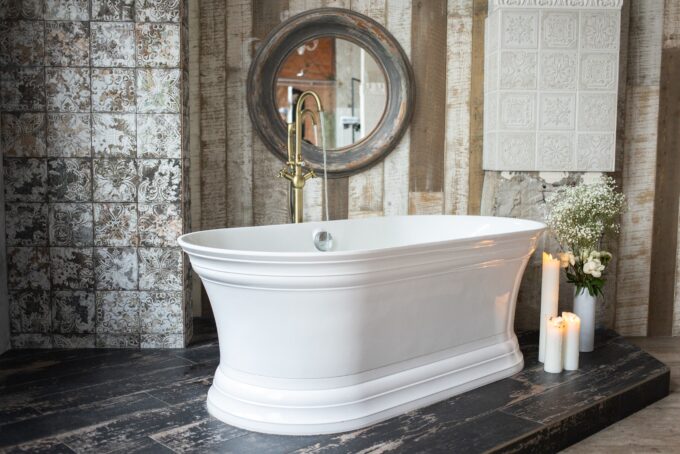From the ancient Greeks to modern-day wellness enthusiasts, people have been sweating it out in saunas for centuries. Whether you’re a gym-goer or a DIY enthusiast, the sauna is the ultimate self-care tool for those looking to unwind and recharge. And while you can certainly find a sauna at your local fitness center or spa, you can also create your own sauna at home, too.
How You Can Benefit From an At-Home Sauna
Using high levels of heat, saunas encourage perspiration, which provides a number of benefits. An obvious benefit is that they promote relaxation. Despite the intense heat, saunas can actually be a calming experience. The steam encourages muscle relaxation, which is great for stress relief.
A sauna can also help you detoxify your body. When you sweat in a sauna, your body rids itself of toxins and other impurities for the ultimate cleansing experience. If you’re a fitness enthusiast, an at-home sauna is the perfect way to relax after an intense workout. It helps soothe sore muscles to encourage quicker recovery.
Not to mention, an at-home sauna can save you money over time since you won’t have to pay for an expensive gym membership or spa session. With the convenience of having a sauna in the comfort of your home, you’ll also eliminate the need for driving to a studio.
How To Create an At-Home Sauna
If you want to learn how to recreate a luxurious spa experience at home, here is what to consider when designing an at-home sauna:
Choose an Appropriate Space
The first step in creating an at-home sauna is choosing your space. You should consider using a small room with good ventilation but that’s large enough to accommodate a sauna setup. Think basements, spare bathrooms, or even large walk-in closets.
Install a Sauna Heater or Stove
To heat up your sauna, you can invest in either an electric or wood-burning heater, depending on your preference and local regulations. But before doing so, make sure to select one that is appropriate for the size of your space and your desired temperature.
Ensure Proper Insulation and Ventilation
To maintain the temperature of your at-home sauna, always have proper insulation and ventilation so that fresh air can freely flow throughout the space.
Consider Seating and Flooring
Shop for seating and flooring made from materials that resist heat to avoid burning your skin and feet while inside the sauna. Try using cedar or other heat-tolerant woods for bench seating. As for flooring, tile or vinyl are great anti-slip options to consider.
Factor in Temperature and Humidity Control
To make sure the temperature and humidity levels are in the ideal range, invest in a thermometer and hygrometer. Your sauna should be between 70 to 90 degrees Celsius (160 to 195 degrees Fahrenheit), and its humidity levels should be around 10-20%.
Use Safety Precautions
As always, take precautions by adhering to all safety guidelines. This includes adding sauna timers to prevent heat stroke and exhaustion. You should also ensure your at-home sauna has proper lighting so that you can navigate the room with ease. And of course, make sure to have plenty of drinking water nearby to stay hydrated during sauna sessions.
popular posts
- 1It’s Black Business Month, So Let’s Go Shopping and #BuyBlack!
- 2These Home Decor Items Will Instantly Make Your Space Look Outdated
- 3Black-Owned Home Decor Stores To Support Across the United States
- 4A Look Inside Elon Musk's Tiny $50,000 House
- 57 Black and Multicultural Designers To Follow For Design Inspo
Bath
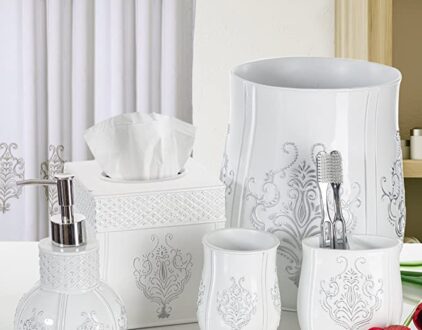
Viva La France: Bathroom Accessories To Remind You of Paris
by Melody Brown | January 19, 2023
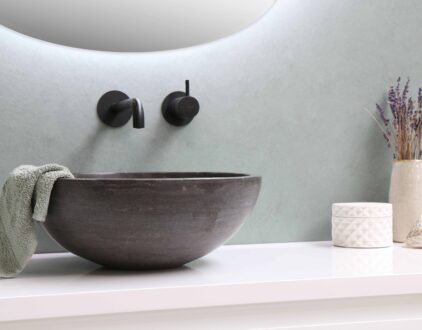
7 Bathroom Gadgets to Bring Your Toilette Into the 21st Century
by Stephanie Taylor | February 11, 2023
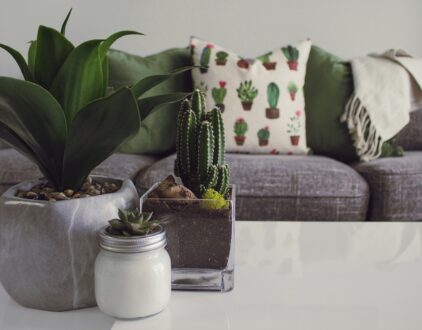
Gifts For New Homeowners: The Ultimate Buy Black Guide
by Brittni Williams | February 6, 2023
Spaces
Whether it’s luxury or ease, every area of your home should be as fabulous and unique as you.
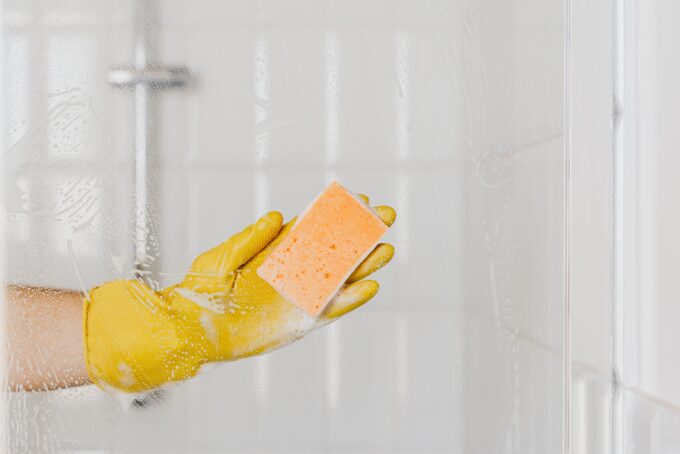
Here's How to Get — & Keep — Your Glass Shower Door Spotless
by homeandtexture | February 17, 2023
FOLLOW ALONG ON INSTAGRAM
#homeandtexture
Find us on social for more home inspiration where culture, personal style, and sophisticated shopping intersect to help you create a home where you love to live.


